High-quality gear oil must lubricate, cool and protect geared systems while carrying damaging wear debris away from contact zones and muffling the sound of gear operation. In this post, we’ll look at the differences between gear oil vs. engine oil.
Differentials, manual transmissions and industrial machinery gears often require protection under extreme temperatures and pressures to prevent wear, scuffing and other damage that results in equipment failure. Protection against oxidation, thermal degradation, rust, copper corrosion and foam is also important.
Gear Oil vs. Engine Oil: Viscosity Comparison
Gear oil differs from engine oil. While many motorists may assume SAE 90 gear oil is thicker than SAE 40 or 50 engine oil, their viscosities are the same, as this gear oil viscosity chart shows.

One major difference between the two are in the additives they use.
Motor oil contains additives such as detergents and dispersants to combat byproducts from gasoline or diesel ignition. Because an internal combustion engine has an oil pump and lubricates the bearings with a hydrodynamic film, extreme-pressure additives such as those used in gear oils are not necessary.
Gear Oil Undergoes Boundary Lubrication
Engine oils and gear oils both have anti-wear additives, and they both must lubricate, cool and protect components. Gear oils, however, may be placed under extreme amounts of pressure, creating a propensity for boundary lubrication, a condition in which a full-fluid lubricating film is not present between two rubbing surfaces.
For example, differentials in cars and trucks have a ring-and-pinion hypoid gear set. A hypoid gear set can experience boundary lubrication, pressures and sliding action that can wipe most of the lubricant off the gears. Extreme-pressure additives are used in gear oil to combat this extreme environment.
Gear Oil vs. Engine Oil: Additional Differences
Rust & Corrosion Protection
Because many of the components found in the drivetrain consist of ferrous material, gear oil must prevent rust and corrosion to other materials. Rust and corrosion problems are not nearly as prevalent in engines.
Shock-Loading
The many small and intricate components that make up gear sets can be quite noisy and may be subjected to shock-loading, which occurs when components are quickly placed under intense load, like when accelerating with a powerful engine.
The viscosity and extreme-pressure formulation of gear oil quiets gears and dissipates shock-loading.
Foam
The rotating motion of gears also tends to churn the lubricant, leading to foam. If a gear oil foams, its load-carrying capacity is significantly reduced because the air suspended within the oil is compressible.
For example, when the gear teeth contact, any trapped air bubbles compress, reducing the thickness of the separating oil film. In turn, this reduction could lead to direct metal-to-metal contact between gear teeth and result in accelerated wear.
The gear oil must have the ability to dissipate entrapped air, ensuring a sufficient lubricating film that protects the gears against contact wear.
Typical Drivetrain Fluid Additives
Much like with motor oil, the additives included in gear oil either enhance existing properties or impart new ones. Drivetrain-fluid additives include the following:
- Extreme-pressure and anti-wear agents minimize component wear in boundary lubrication situations.
- Pour-point depressants improve low-temperature performance.
- Rust and corrosion inhibitors protect internal components.
- Oxidation inhibitors reduce the deteriorating effects of heat, increasing the oil’s service life.
- Viscosity index improvers allow a lubricant to operate over a broader temperature range.
- Anti-foam agents suppress foam and dissipate entrapped air.
- Friction modifiers – The required degree of friction-reduction can vary significantly between different pieces of equipment in drivetrain applications. In some cases, friction modifiers may be required to obtain the desired results.
Common Gear Designs
Gear designs vary depending on the requirements for rotation speed, degree of gear reduction and torque-loading. Transmissions commonly use spur gears, while hypoid-gear designs are usually used as the main gearing in differentials. Common gear types include the following:
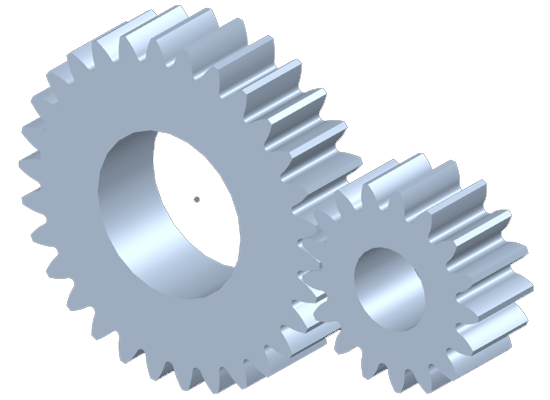
Spur Gears
Spur (straight-cut) gears are widely used in parallel-shaft applications, such as transmissions, due to their low cost and high efficiency. The design allows the entire gear tooth to make contact with the tooth face at the same instant. As a result, this type of gearing is subjected to high shock-loading and uneven motion. Design limitations include excessive noise and a significant amount of backlash during high-speed operation.
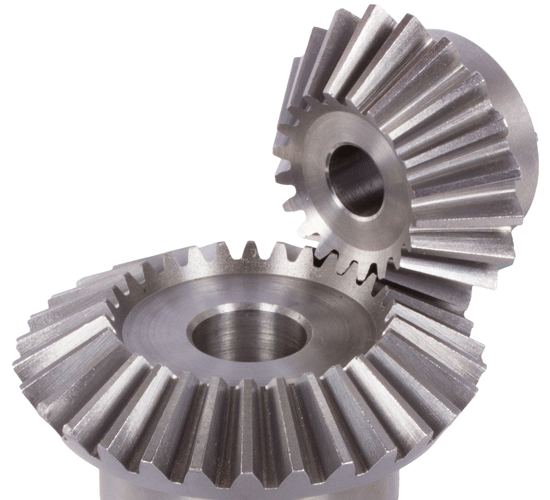
Bevel Gears
Bevel (straight- and spiral-cut) gears transmit motion between shafts that are at an angle to each other.
Primarily found in industrial equipment, as well as some automotive applications (differentials), they offer efficient operation and are easy to manufacture.
As with spur gears, they are limited due to their noisy operation at high speeds and are not the top choice where load-carrying capacity is required.
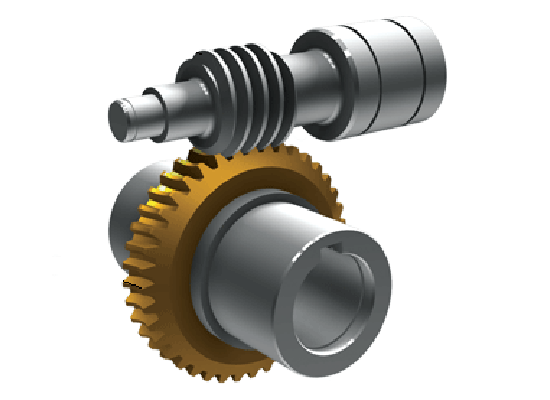
Worm Gears
Worm gear sets employ a specially machined “worm” that conforms to the arc of the driven gear. This design increases torque throughput, improves accuracy and extends operating life.
Primarily used to transmit power through nonintersecting shafts, this style of gear is frequently found in gear-reduction boxes as it offers quiet operation and high ratios. Its downfall is its low efficiency.
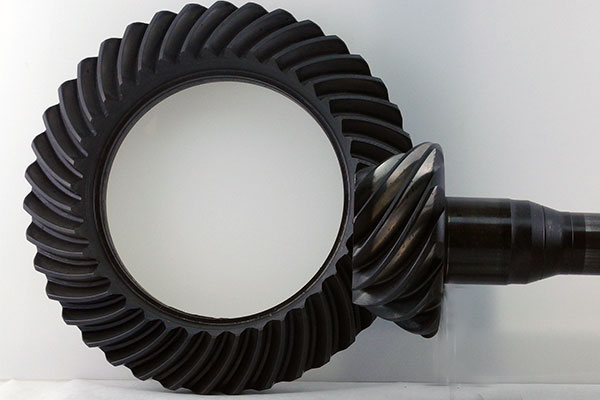
Hypoid Gears
Hypoid gear sets are a form of bevel gear, but offer improved efficiency and higher ratios over traditional straight-bevel gears. Commonly found in axle differentials, hypoid gears are used to transmit power from the driveline to the axle shafts.
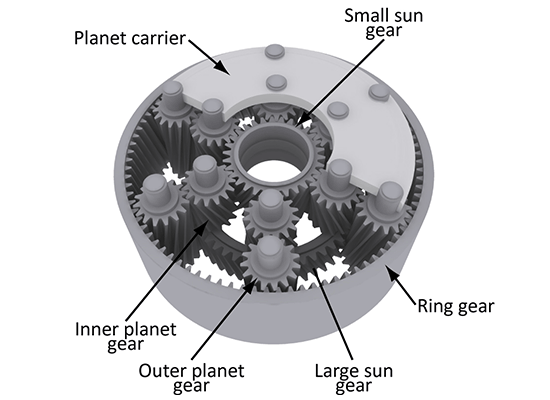
Planetary Gears
Planetary gear sets, such as those found in automatic transmissions, provide the different gear ratios needed to propel a vehicle in the desired direction at the correct speed.
Gear teeth remain in constant mesh, which allows gear changes to be made without engaging or disengaging the gears, as is required in a manual transmission.
Instead, clutches and bands are used to either hold or release different members of the gear set to get the proper direction of rotation and gear ratio.
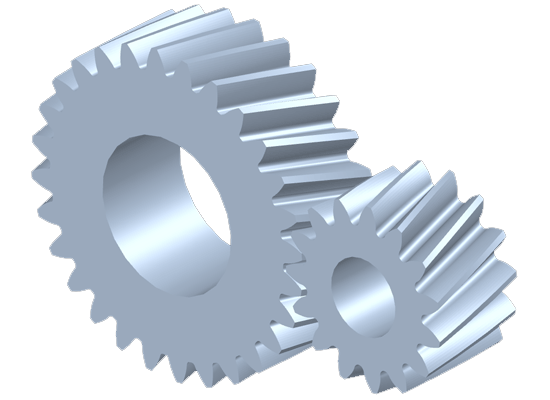
Helical Gears
Helical gears differ from spur gears in that their teeth are not parallel to the shaft axis; they are cut in a helix or angle around the gear axis. During rotation, parts of several teeth may be in mesh at the same time, reducing some of the loading characteristics of the standard spur gear.
However, this style of gearing can produce thrust forces parallel to the axis of the gear shaft. To minimize the effects, two helical gears with teeth opposite each other are used, which helps cancel the thrust during operation.
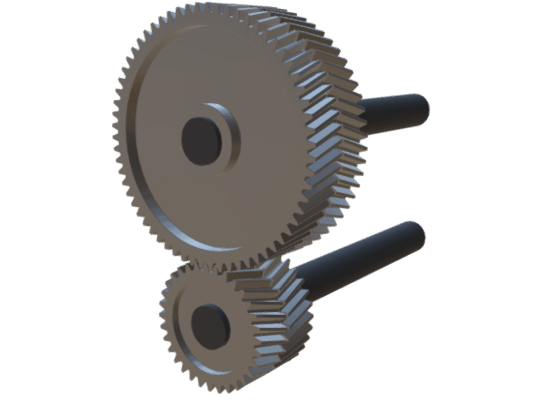
Herringbone Gears
Herringbone gears are an improvement over the double helical gear design. Both right- and left-hand cuts are used on the same gear blank, canceling out any thrust forces. Herringbone gears are capable of transmitting large amounts of horsepower and are frequently used in power transmission systems.
Gear Design Dictates Gear Oil Design
Differences in gear design create the need for significantly different lubricant formulations.
For instance, hypoid gears normally found in automotive differentials require GL-5 concentration and the performance of extreme-pressure additives due to their spiral sliding action.
Most manual transmissions have helical gears that do not require GL-5 performance. The helical gear is almost a straight-cut gear, but on an angle. There is spiral action and very little sliding action, and there is less need for extreme-pressure additives. GL-4 gear lubes provide less extreme-pressure additives than GL-5 lubes.
AMSOIL Gear Oil Recommendations
When comparing gear oil vs. engine oil, there are a number of differences between formulations. That’s why it is important to always use the correct oil for the correct application.
AMSOIL offers premium synthetic drivetrain lubricants to meet the needs of nearly every application. Check out our Product Guide to find what you need.
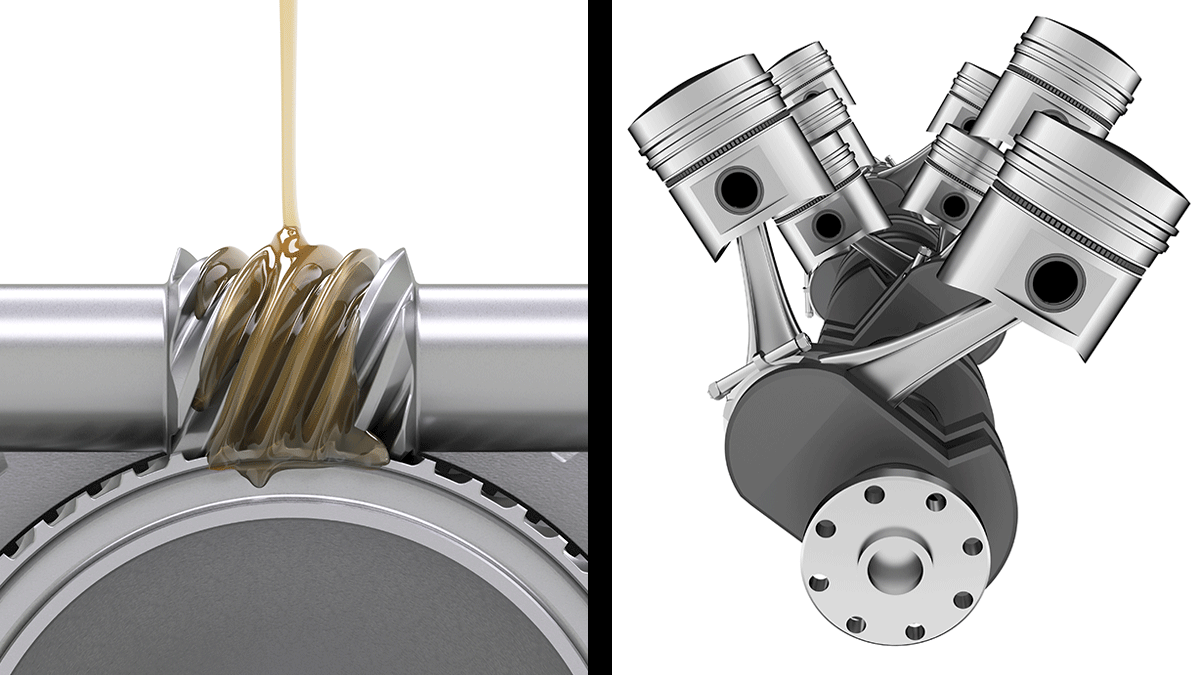

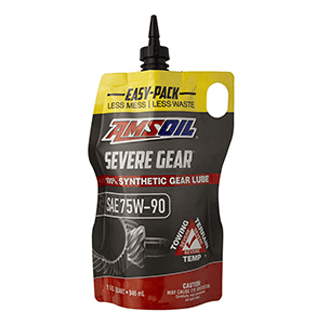
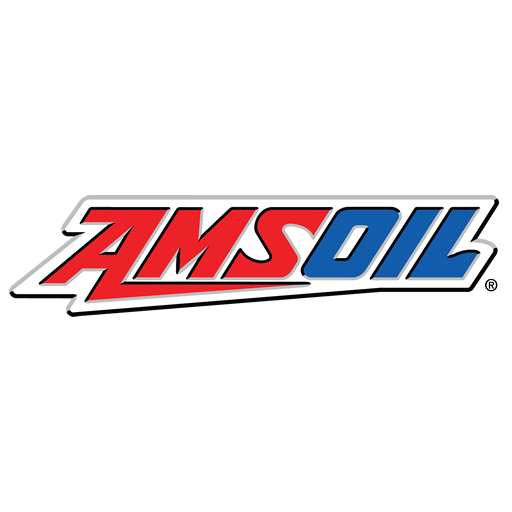
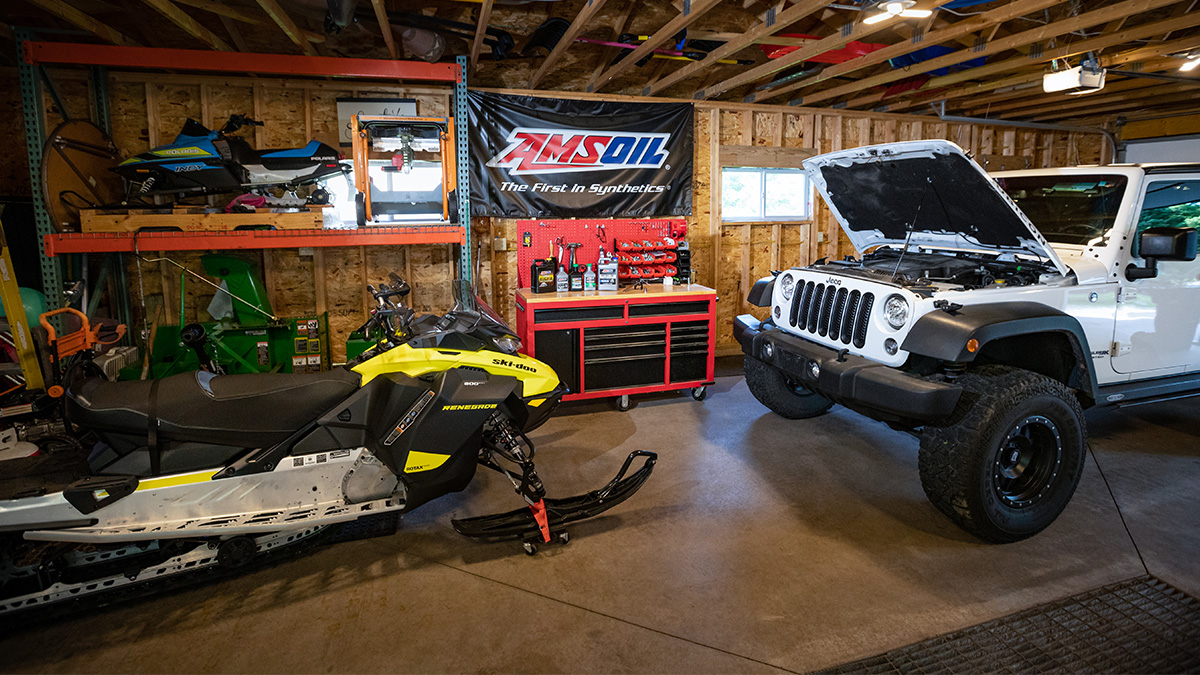
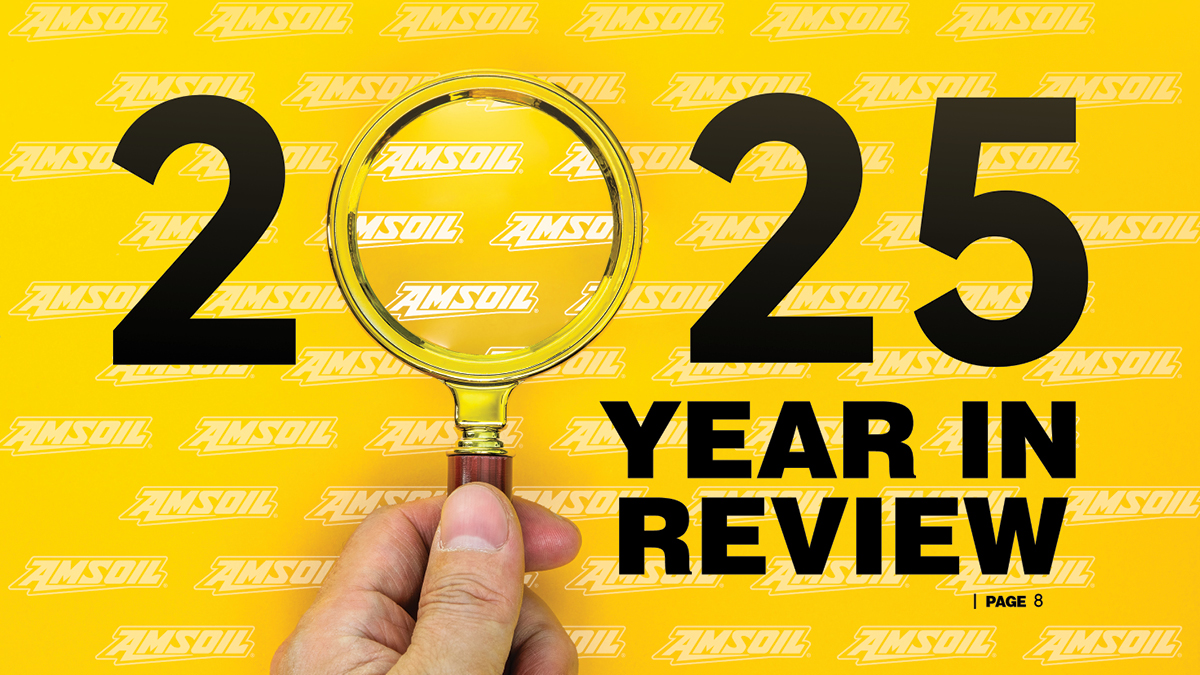
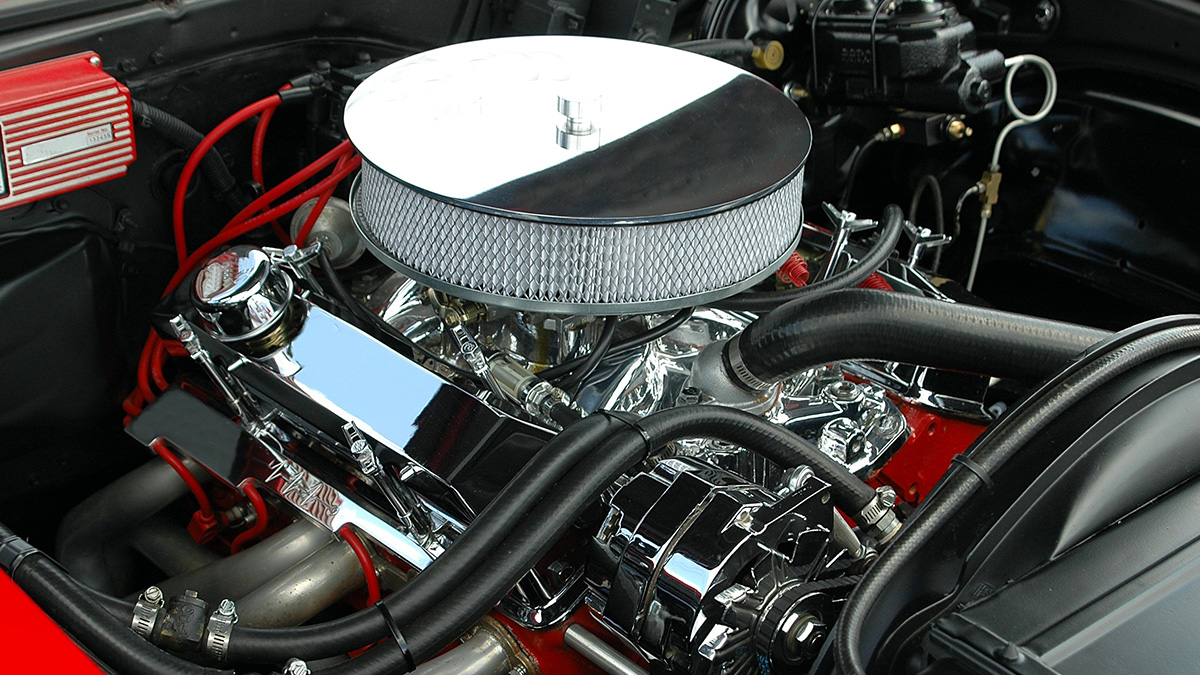
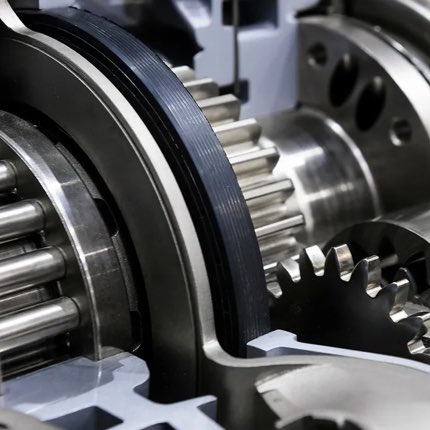
Comments
AMSOIL Lead Technical Writer for more than two decades.
Share: